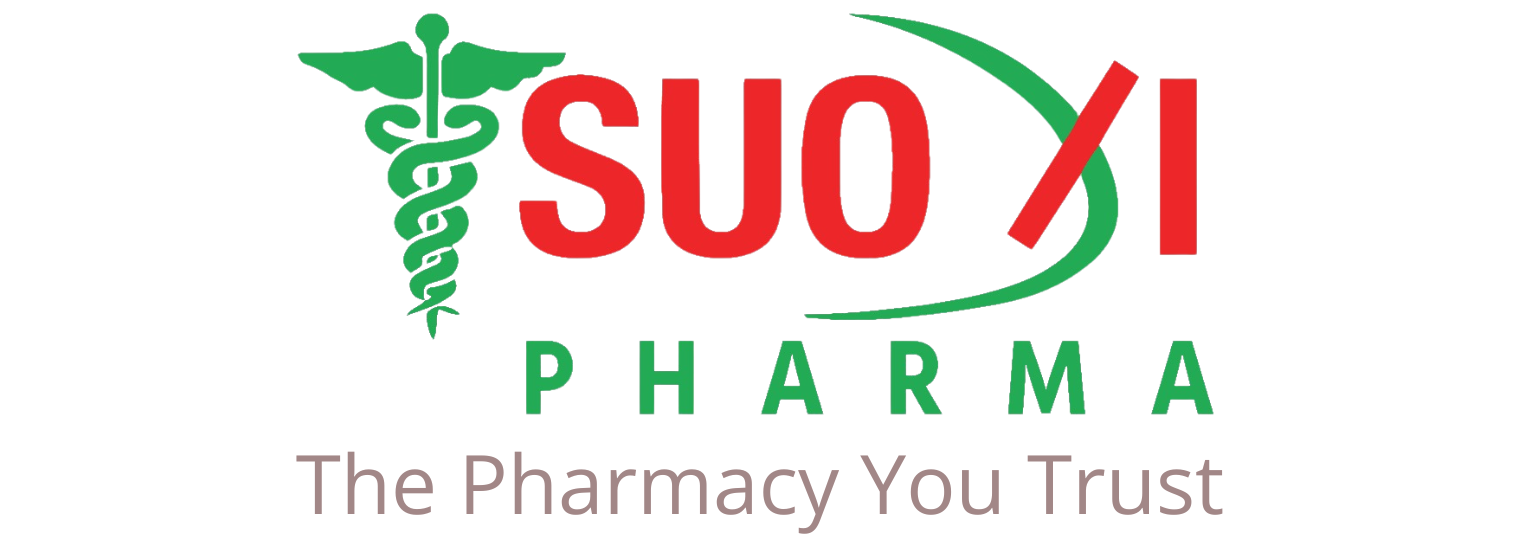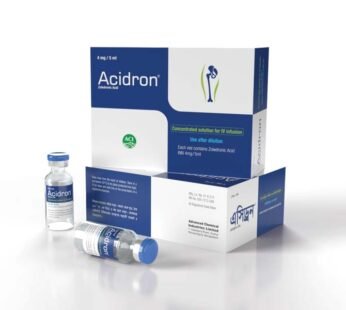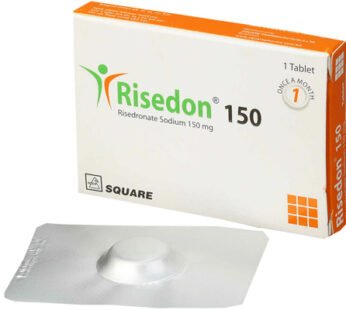Cefaclav 250 mg+62.5 mg
Description
Indications
Cefaclav is indicated for the treatment of bacterial infections caused by organisms that are susceptible to its active ingredients. It is effective for treating the following conditions:
- Pharyngitis/Tonsillitis caused by Streptococcus pyogenes
- Acute Bacterial Otitis Media caused by Streptococcus pneumoniae, Haemophilus influenzae, Moraxella catarrhalis (including beta-lactamase-producing strains), and Streptococcus pyogenes
- Acute Bacterial Maxillary Sinusitis
- Acute Exacerbation of Chronic Bronchitis
- Secondary Bacterial Infections of acute bronchitis
- Uncomplicated Skin and Skin Structure Infections
- Uncomplicated Urinary Tract Infections
- Uncomplicated Gonorrhea
- Community Acquired Pneumonia
- MDR Typhoid Fever
- Early Lyme Disease
Please consult your registered physician for proper dosage and administration.
Pharmacology
Cefaclav is a combination of Cefuroxime, a second-generation cephalosporin antibiotic, and Clavulanic Acid, a beta-lactamase inhibitor.
- Cefuroxime is bactericidal, meaning it kills bacteria by inhibiting the synthesis of their cell walls, which weakens the bacteria, leading to its destruction. It is effective against a broad spectrum of both Gram-positive and Gram-negative bacteria, including those that produce beta-lactamase.
- Clavulanic Acid protects Cefuroxime from degradation by beta-lactamase-producing bacteria, allowing it to maintain its effectiveness against resistant bacterial strains. It irreversibly binds to beta-lactamase enzymes, preventing the breakdown of the antibiotic.
Together, this combination allows Cefaclav to treat a variety of bacterial infections effectively.
Dosage & Administration
For Adolescents and Adults (13 years and older):
- Pharyngitis/Tonsillitis: 250 mg twice daily for 5-10 days
- Acute Bacterial Maxillary Sinusitis: 250 mg twice daily for 10 days
- Acute Bacterial Exacerbation of Chronic Bronchitis: 250-500 mg twice daily for 10 days
- Secondary Bacterial Infections of Acute Bronchitis: 250-500 mg twice daily for 5-10 days
- Uncomplicated Skin and Skin Structure Infections: 250-500 mg twice daily for 10 days
- Uncomplicated Urinary Tract Infections: 250 mg twice daily for 7-10 days
- Uncomplicated Gonorrhea: 1000 mg twice daily as a single dose
- Community Acquired Pneumonia: 250-500 mg twice daily for 5-10 days
- MDR Typhoid Fever: 500 mg twice daily for 10-14 days
- Early Lyme Disease: 500 mg twice daily for 20 days
For Pediatric Patients (3 months to 12 years):
- Pharyngitis/Tonsillitis: 20 mg/kg/day, divided into two doses, for 5-10 days
- Acute Otitis Media: 30 mg/kg/day, divided into two doses, for 10 days
- Acute Bacterial Maxillary Sinusitis: 30 mg/kg/day, divided into two doses, for 10 days
- Impetigo: 30 mg/kg/day, divided into two doses, for 10 days
Cefaclav tablets can be taken with or without food.
Always follow the prescribed dosage from your healthcare provider.
Interaction
The administration of Probenecid alongside Cefaclav may increase its concentration in the blood by 50%. Medications that reduce gastric acidity may decrease the absorption of Cefuroxime, potentially reducing its effectiveness.
Contraindications
Cefaclav should not be used by patients who have a known allergy to cephalosporins or those with a history of Pseudomembranous Colitis.
Side Effects
Cefaclav is generally well tolerated. However, some patients may experience side effects such as:
- Nausea
- Vomiting
- Diarrhea
- Abdominal discomfort or pain
In rare cases (<0.2%), renal dysfunction, anaphylaxis, angioedema, itchy rash, serum sickness-like symptoms, and urticaria may occur.
Pregnancy & Lactation
Cefaclav can be used during pregnancy to treat bacterial infections, especially in the later trimesters. It should be avoided during the first trimester unless absolutely necessary. Cefaclav is excreted into breast milk in small amounts, but it is generally considered safe to use during breastfeeding. However, any signs of sensitivity in the infant should be monitored.
Precautions & Warnings
Cefaclav should be used with caution in patients who are also being treated with potent diuretics or have a history of colitis. Monitoring is recommended for these patients during treatment.
Therapeutic Class
Second-generation cephalosporins, Vaccines, Anti-sera & Immunoglobulin
Storage Conditions
Store in a cool, dry place (below 30°C), away from light and moisture. Keep out of the reach of children.
Common Questions about Cefaclav 250 mg Tablet
What is Cefaclav 250 mg Tablet?
Cefaclav is a combination of Cefuroxime, a cephalosporin antibiotic, and Clavulanic Acid, a beta-lactamase inhibitor. It is used to treat various bacterial infections caused by susceptible organisms.
What is Cefaclav 250 mg Tablet used for?
It is used to treat bacterial infections such as pharyngitis, tonsillitis, sinusitis, bronchitis, skin infections, urinary tract infections, gonorrhea, pneumonia, typhoid fever, and Lyme disease.
How long does it take for Cefaclav 250 mg Tablet to take effect?
It typically starts working within 2-3 hours of taking it.
How long do the effects of this medicine last?
The effects of Cefaclav 250 mg Tablet last for an average duration of 4-8 hours.
Is it safe to consume alcohol while taking this medicine?
The interaction with alcohol is not fully known. It is advisable to consult your doctor before consuming alcohol during treatment.
Is Cefaclav 250 mg Tablet habit-forming?
No, Cefaclav does not have any habit-forming tendencies.
Can this medicine be taken during pregnancy?
Yes, Cefaclav is safe to use during pregnancy to treat bacterial infections. However, it should be taken only after consulting with your healthcare provider.
Can Cefaclav 250 mg Tablet be taken while breastfeeding?
Yes, it is safe to use during breastfeeding, as it is excreted into breast milk at low levels.
Quick Tips
- Cefaclav 250 mg Tablet is prescribed to treat bacterial infections, including those that may have developed resistance.
- Complete the full course of the medication, even if you feel better. Stopping early may cause the infection to return and become harder to treat.
- Take it with food to avoid stomach upset.
- Diarrhea is a common side effect. If you experience severe symptoms, such as bloody stools or abdominal cramps, contact your doctor.
- Inform your doctor immediately if you develop a rash, swelling in the face or throat, or difficulty breathing.









Reviews
There are no reviews yet.